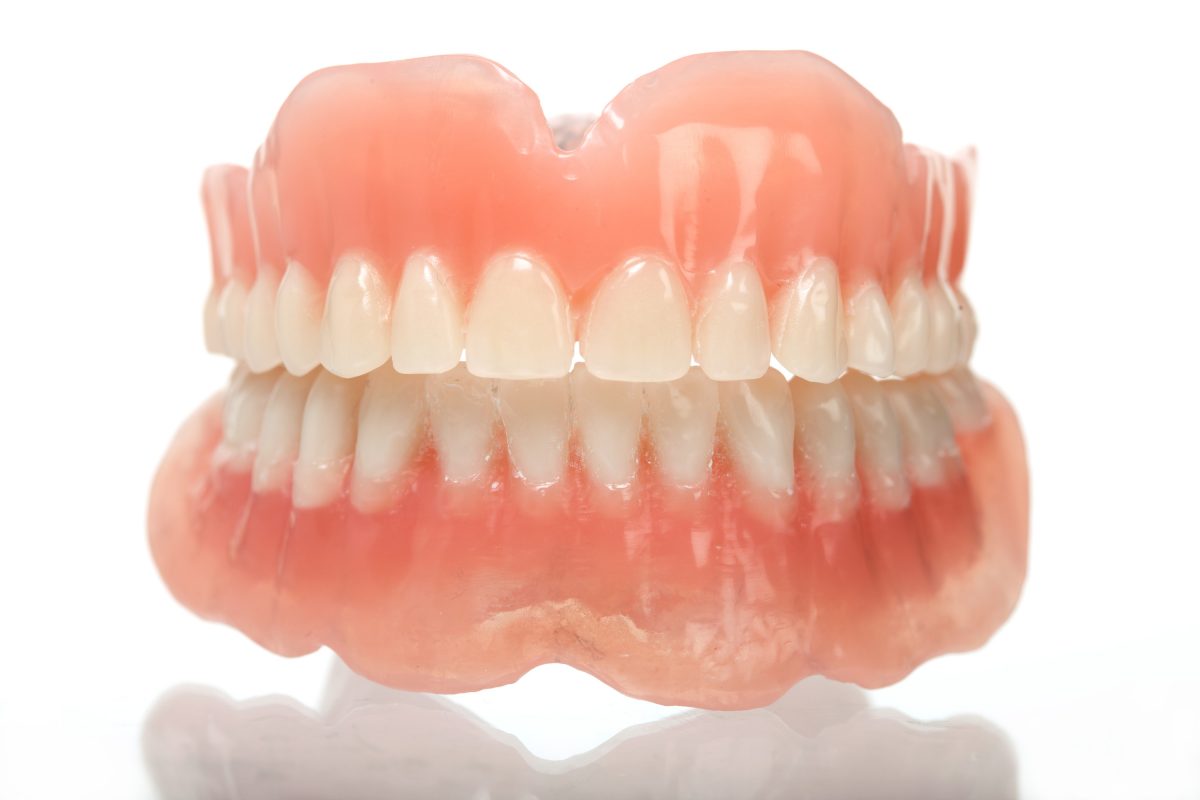The specific procedure and steps involved in dental surgery will vary depending on the type of surgery being performed. For example, a simple tooth extraction may only require numbing the area and removing the tooth, while a complex jaw surgery may involve cutting and repositioning the jaw bones.
Dental surgery is typically performed by a dentist or an oral and maxillofacial surgeon, who has special training in these procedures. The procedure is usually performed under local or general anesthesia to ensure the patient is comfortable and pain-free during the surgery.






